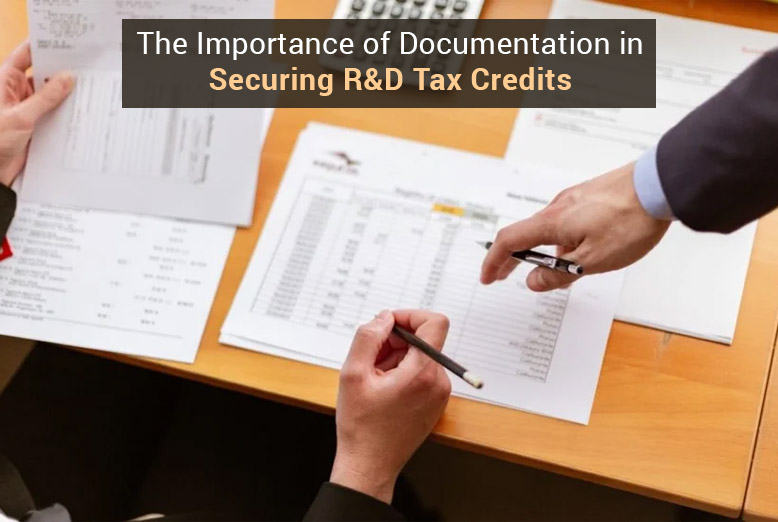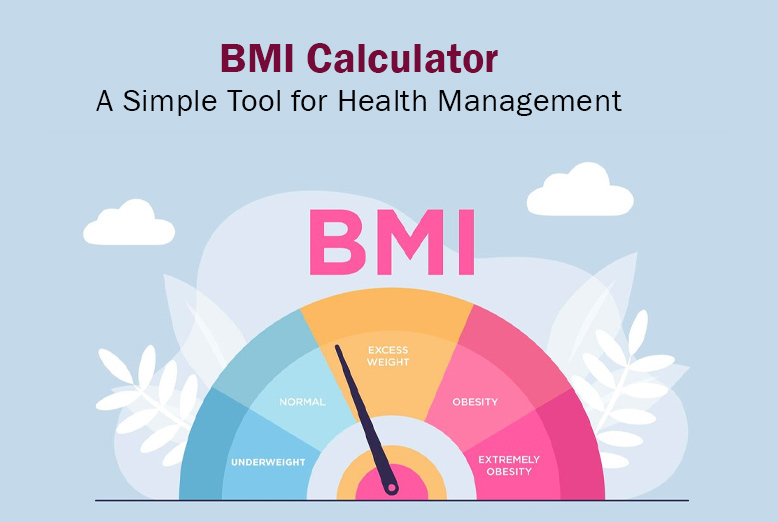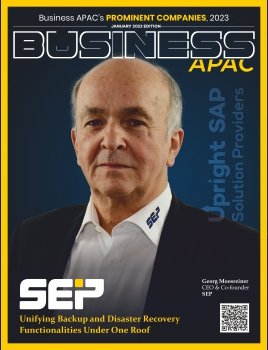R&D tax credits can be effective in providing financial relief to companies involved in research and development activities by enabling them to invest more in innovation. However, securing such incentives is anything but automatic. Not only is proper documentation important to substantiate a claim for credits but also to defend such claims in audits or inquiries. Poor or inadequate documentation is what prevents most companies from realizing their full potential in claiming these credits. Understanding the role proper documentation plays can ensure businesses claim the credits they deserve.
Defining What Constitutes R&D Activities
Determining which of its activities qualify under the guidelines of the program is one of the first challenges a company faces pursuing R&D tax credits. For example, the SRED program for scientific research and experimental development in Canada sets out an all-inclusive framework for determining eligibility. Qualifying activities may include those related to resolving technological or scientific uncertainty, the creation of a prototype, or the development of new software. Without proper evidence that these activities are qualified, claims may be denied. Documentation would include details of what uncertainty was addressed, what processes were resorted to, and what results were obtained to show eligibility.
Time Tracking and Project Records
R&D activities often run together with other activities, and it may be impossible to carve out precisely the cost or time spent on research or experimentation. The need for detailed time tracking and project records thus arises. In a company, employees are required to log hours against particular R&D work and, further, against specific projects. This ensures that labor costs, which may be the largest component of R&D expenses, are accurately captured. Further, project plans, meeting notes, and progress updates provide a chronological history of activities and help to illustrate how work supports the goals of the R&D tax credit program.
Supporting Financial Evidence
In conjunction with activity-based documentation, financial records also form an integral foundation for any R&D tax credit claim. Examples of these are receipts, invoices, and accounting records that prove the costs attributed to R&D projects. They can include wages, materials, contractor fees, and some overheads directly related to the qualifying projects. The most common mistake businesses make when claiming R&D tax credits is failure to distinguish between eligible and non-eligible spending. Proper classification and documentation of such expenses avoid problems with audits and ensure that your claimant representation is accurate and complete.
Demonstrating Technological or Scientific Advancement
To qualify for R&D tax incentives, businesses must show that their projects seek to achieve technological or scientific advancements. This means recording the technical challenges overcome, the hypotheses tested, and the experiments conducted. Technical reports, research logs, design drawings, and software versions are excellent ways to provide this evidence. These materials not only highlight the newness of the work but also show that the process was iterative, proving that genuine effort was being made to overcome the uncertainties. Clear documentation of failures and adjustments is equally important, as it demonstrates the trial-and-error nature of innovation. Additionally, showing how the advancements align with the broader goals of the project can further strengthen a claim.
Audit or Review Preparation
Even with a properly documented claim, businesses should be prepared for an audit or review. Tax authorities may request additional substantiation to support a claim, and disorganized records are sure to lead to delays, reductions, or even denials. To avoid the pitfalls of substantiation challenges, businesses should keep all R&D-related records in one central repository. This would include technical documentation, financial records, and employee time logs for easy access during audits. Besides, periodic review and updating of the documentation will help avoid any gaps, well before they become serious.
Long-Term Benefits of Good Documentation Practice
Proper documentation is not only about securing R&D tax credits for this fiscal year; it forms the basis for filing subsequent claims, especially for businesses that are continuously developing new or improving products, processes, or software. Setting up elaborate systems for tracking, recording, and organizing R&D work saves time and effort in successive years. Consistent documentation practices also lend much insight into the innovation process of the company and help improve its efficiency to warrant further investment in research and development. Moreover, these records can serve as a valuable reference for identifying trends, gaps, and opportunities for future innovation. By maintaining thorough documentation, businesses position themselves to maximize both financial and strategic benefits from their ongoing R&D efforts.
In the intricate world of R&D tax credits, solid documentation is the backbone of a successful claim. Documentation helps companies maximize their financial benefits while simultaneously reducing the possibility of disputes when audits arise. Defining eligible activities, maintaining project records, providing financial evidence, and demonstrating scientific or technological advancement allow companies to confidently claim the incentives they deserve. Strong documentation practices are not just a question of compliance but an instrument of innovation and supporter of long-term growth.
Also Read: Aforza Cloud Software inaugurates an R&D Lab in Cardiff




















